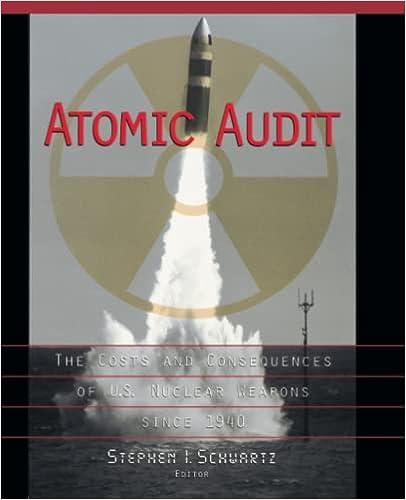Question
QUESTION: You are the management accountant of ABC Electronics Ltd (herein referred to as ABC), a medium-sized electronics company operating in South Africa. The company
QUESTION:
You are the management accountant of ABC Electronics Ltd (herein referred to as ABC), a medium-sized electronics company operating in South Africa. The company wishes to list on the Johannesburg Stock Exchange to generate greater returns for its shareholders. However, the Board of Directors is concerned that it will not perform well due to slow growth caused by the saturated South African electronics market. You were recently asked to assist with two issues facing the business, namely:
- A revision to product costing, and
- An opportunity with China Electronics.
REVISION TO PRODUCT COSTING
Three years ago, ABC developed Component M, which optimised various electronic devices. At the time of development, the product was costed as follows per unit:
|
| R |
| Direct materials | 100.00 |
| Direct labour | 200.00 |
| Prime cost | 300.00 |
| Variable overheads | 100.00 |
| Fixed overheads | 50.00 |
| Total manufacturing cost | 450.00 |
Recently, product sales have substantially declined as competitors have introduced substitutes. The financial manager believes that the problem lies with the current product selling price of R675 being too high. She believes that the selling price can be reduced if the product cost is reviewed. She has produced records of the original product cost and notes the following:
1. Direct materials: The cost of direct materials has remained constant from when the product was first developed. However, actual demand substantially exceeded initial estimates. As a result, the direct material cost did not consider the quantity discount of 10%. Since initial development, this quantity discount has been achieved and will continue to be achieved for the foreseeable future.
2. Direct labour: The direct labour cost was based on the first batch produced. This component is made in batches of 100 units. Initial costing failed to consider a learning curve of 90% up until the tenth batch, after which the cost would stabilise at the average cost of the first ten batches.
3. Overheads: The overhead allocation was based on the high-low method. However, it was subsequently noted that the highest and lowest points were not representative of the rest of the cost data. Thus, a new, statistically sound method needs to be used to generate the variable and fixed overheads. It is noted that normal capacity is 10 000 units per annum. Cost details for the last five years are as follows:
| Year | Production (units) | Cost (R) |
| 1 | 11 000 | 1 000 000 |
| 2 | 8 000 | 750 000 |
| 3 | 10 000 | 950 000 |
| 4 | 12 000 | 1 000 000 |
| 5 | 9 000 | 850 000 |
4. Selling and administration costs: A markup of 20% is added to the total manufacturing cost to incorporate selling and administration costs.
5. Selling price: The selling price is set to achieve a gross profit margin of 20%.
REQUIRED 1:
Calculate the revised selling price per unit of Component M based on the notes provided by the financial manager.
ROUND ALL ANSWERS TO TWO (2) DECIMAL PLACES.
| R | |
| Direct materials | Answer |
| Direct labour | Answer |
| Prime cost | Answer |
| Variable overheads | Answer |
| Fixed overheads | Answer |
| Total manufacturing cost | Answer |
| Selling and admin cost | Answer |
| Total cost | Answer |
| Profit | Answer |
| Selling price | Answer |
Step by Step Solution
There are 3 Steps involved in it
Step: 1

Get Instant Access to Expert-Tailored Solutions
See step-by-step solutions with expert insights and AI powered tools for academic success
Step: 2

Step: 3

Ace Your Homework with AI
Get the answers you need in no time with our AI-driven, step-by-step assistance
Get Started


